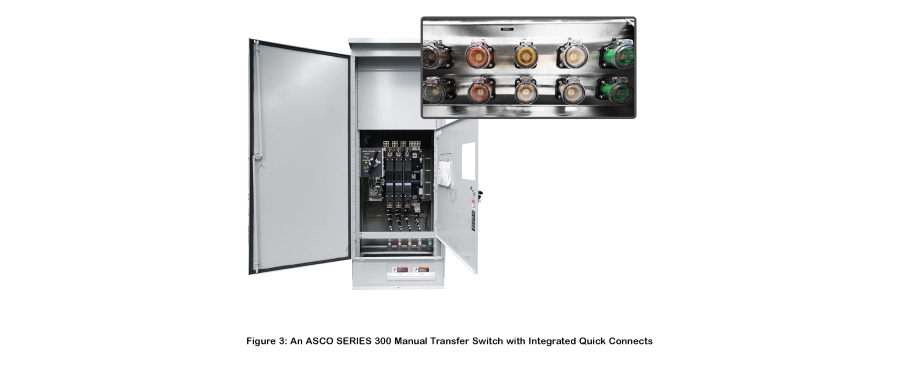When this document was written, Hurricane Laura had just traversed the southern USA. The storm caused extensive damages, a sobering reminder that facilities providing emergency response services are needed most just when they are most likely to experience utility power outages. This article surveys certain requirements to assure that backup power can be available for facilities that support public safety and security even when equipment is taken off line for service.
COPS Requirement Summary
Article 708 of the National Electrical Code® (NEC®) sets forth requirements for Critical Operations Power Systems (COPS). These are power systems in facilities needed to maintain public safety or national security. Air traffic control towers and police, fire, and ambulance stations are just a few examples of the facilities affected by Article 708.
In addition to other NEC requirements for Life-Safety, Legally Required and Optional loads (respectively contained in Articles 700, 701, and 702), Article 708 sets forth certain additional requirements for COPS. These include completing a risk assessment of hazards that could impact operations as well as the development of a plan to mitigate those risks, plus requirements for performing and documenting maintenance and service. Mitigating the risks and effects of electrical power outages is central to providing continuous safety and security services. Figure 1 below shows a configuration for a backup power system at a COPS facility.
COPS Requirement Summary
Article 708 of the National Electrical Code® (NEC®) sets forth requirements for Critical Operations Power Systems (COPS). These are power systems in facilities needed to maintain public safety or national security. Air traffic control towers and police, fire, and ambulance stations are just a few examples of the facilities affected by Article 708.
In addition to other NEC requirements for Life-Safety, Legally Required and Optional loads (respectively contained in Articles 700, 701, and 702), Article 708 sets forth certain additional requirements for COPS. These include completing a risk assessment of hazards that could impact operations as well as the development of a plan to mitigate those risks, plus requirements for performing and documenting maintenance and service. Mitigating the risks and effects of electrical power outages is central to providing continuous safety and security services. Figure 1 below shows a configuration for a backup power system at a COPS facility.





